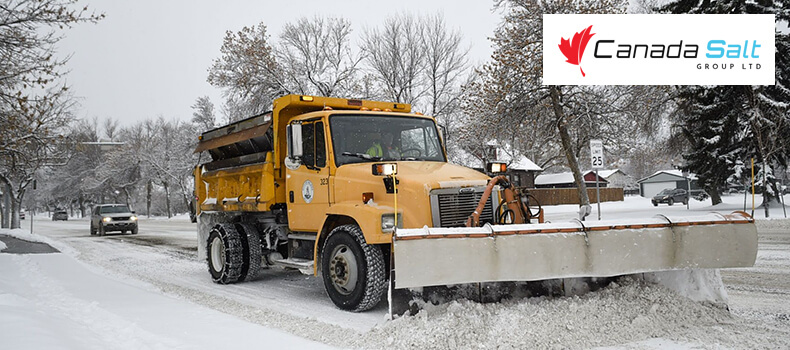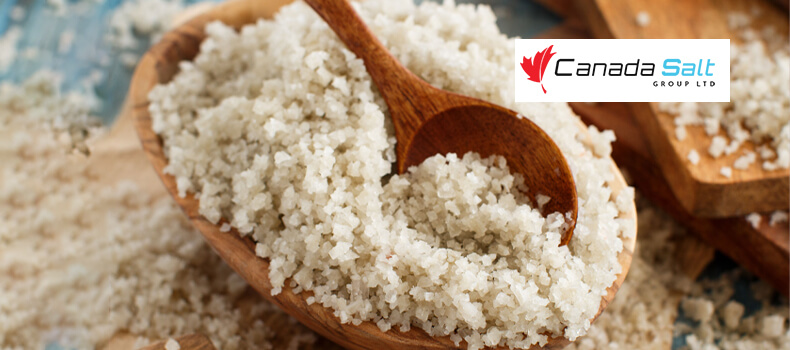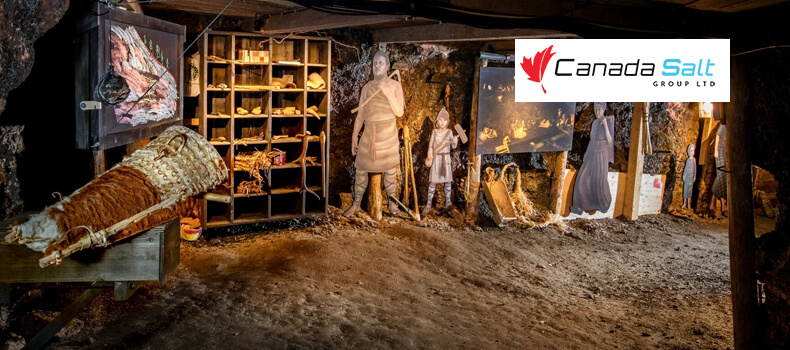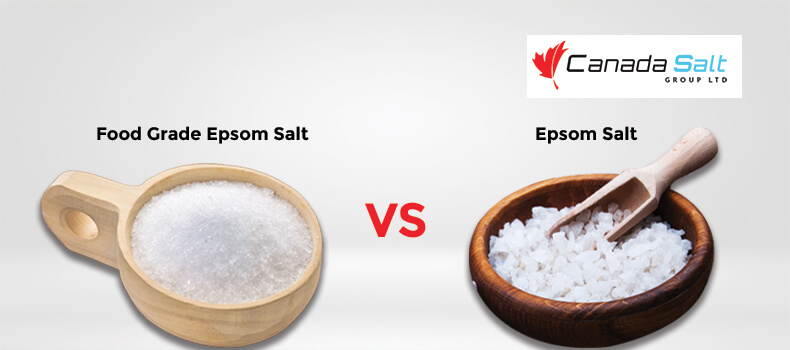Road Salt Best Management Practices
Each winter, road salt winds up in storm runoff from rain, snowmelt, and ice, and it is released into local environments by vehicles. Road salt travels into the soil and groundwater, through storm drains, and into the surface waters. Chlorides used in salt can be toxic to aquatic life, including fish, amphibians, other vertebrates living in rivers. All the living things in the water are an essential part of the food chain for fish and birds. Read on to know how Road salt can be significantly used in snow and ice removal and how to follow best management practices for protecting aquatic life and thereby conserve nature.
Road Salt For Ice Removal
Despite the numerous alternatives available for ice or snow removal, road salt is the most effective method used by most companies. As per reports released by government officials, the US and the Canada States are using about 10 to 20 million tons of road salt every year. Road salt is mainly used as it is significantly less expensive than other deicing solutions available. Now all the states are implementing the best management practices to reduce the use of road salt and protect the environment.
Some Of The Road Salt Best Management Practices
1. Salting In The Smart Ways
The pollution control boards of states have developed innovative salting assessment tools which provide application guidelines and strategies to determine the salt application rates. Some best practices include using brine effectively, road temperature sensors, and calibrated spreaders on the trucks.
2. Proper Training To Employers
Deicing companies should focus on training their employers on the standards, equipment, and procedures used for ice and snow removal. The equipment used for snow application should be used properly to maximize the effectiveness of road salt applied.
3. Appropriate Salt Storage
Road salt is to be protected from the environment and climatic conditions, which can cause the salt to runoff. The solid storage facility must be able to protect salt from all weather conditions.
4. Calibration Of Equipment And Washing
All the equipment used for salting should be calibrated from time to time for proper functioning. Salt spreaders and plow blades should be cleaned in a location where discharge does not enter stormwater systems.
5. Specific Plans For Environmental Sensitive Areas
Proper care should be taken while salt is applied in sensitive areas. It is needed to alert drivers about the reduced level of road treatment.
6. Anti-icing Methods
Instead of using salt directly to the ice or snow, it is recommended to use brine solution on the road surface. Brine solution prevents the bonding of ice or snow with the surfaces, thereby reducing the amount of road salt used during severe snowstorms.
7. Evaluating New Methods
It is crucial always to research new methods or operations that can be implemented for ice removal.
Where To Buy Road Salt?
For snow or ice removal, road salt is the most effective method in ice and snow removal and is also cost-effective. Canada Salt Group Ltd is the supplier of pure road salt to be used for snow and ice removal all over North America. Contact us for a free estimate.





